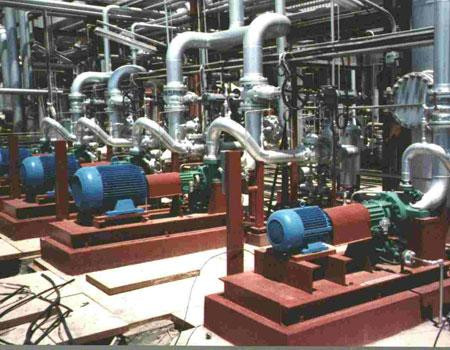The shipping industry, gliding on very few margins, is drawing pity from cheaper bunker fuel prices caused by the coronavirus pandemic. A considerable decrement in the prices of bunker fuel bittersweet for ship owners as global trade volumes fall but the jury is still out on whether this will offset fragile shipping demand, which has tainted key routes around the world after annihilating those in Asia.
As the pandemic outbreak due to the covid-19 novel coronavirus takes the chair out from global oil demand that is decreased to a new level, marine fuel price surges are an inaccessible memory for the whole maritime industry. Nevertheless, they only took effect from January 1. The crisis has forced gasoline companies to dragged marine fuel prices below levels seen even before IMO 2020 became a driving force.
This year a large fraction of the maritime industry deviated to fuel that is more costly and contains a lower proportion of sulfur to comply with IMO 2020 rules, which cut the sulfur cap to 0.5% from 3.5%. The marine fuel of choice for many ship owners was very low sulfur fuel oil (0.5% sulfur).
The sulfur scrubber uses arbitrary dumped packing, a fog eliminator, and a liquid distribution system to remove sulfur dioxide by the process of absorption and neutralization. It is ideal for hot combustion drain streams from thermal oxidizers, kilns, industrial boilers, and incinerators.
The ongoing pandemic driven fluctuation of the marine fuel market is a far cry from the fears of price spikes post IMO 2020 when the sector rushed to stockpile compliant fuels. Preceding IMO 2020, owners that had secured bunker contracts to mitigate IMO 2020 advised charter companies to take ships from them as it includes price volatility on the spot market, which starkly contrasts with conditions now.
Mixed blessing
While usually, the true winners of lower marine fuel prices are the downstream end users – the ship owners and charterers – the reduction in fuel costs is providing little solace in an otherwise gloomy macro-economic picture. In many instances, in line blender is used in in-line bending which means the act of liquid processing in a pipeline as fluid is pumped from point A to point B. The machinery that manages this process is called a static mixer.
Weakened demand for the bunker fuels, and in turn, cheaper fuel prices mirrors that of reduced shipping volumes in the maritime sector, acting as a double-edged sword for ship owners. Nonetheless, the importance of shipping to the global economy has been highlighted during the pandemic so far, because maritime fuel has seen relative support compared to other transport fuels like gasoline and jet fuel.
Overall, the marine industry has been on its toes so far this year. As the industry sails through choppy waters, only time will tell what is in store, but signs of a revival in demand will certainly be the main focus in the near term.
For More Info:- Diesel Blending Services

